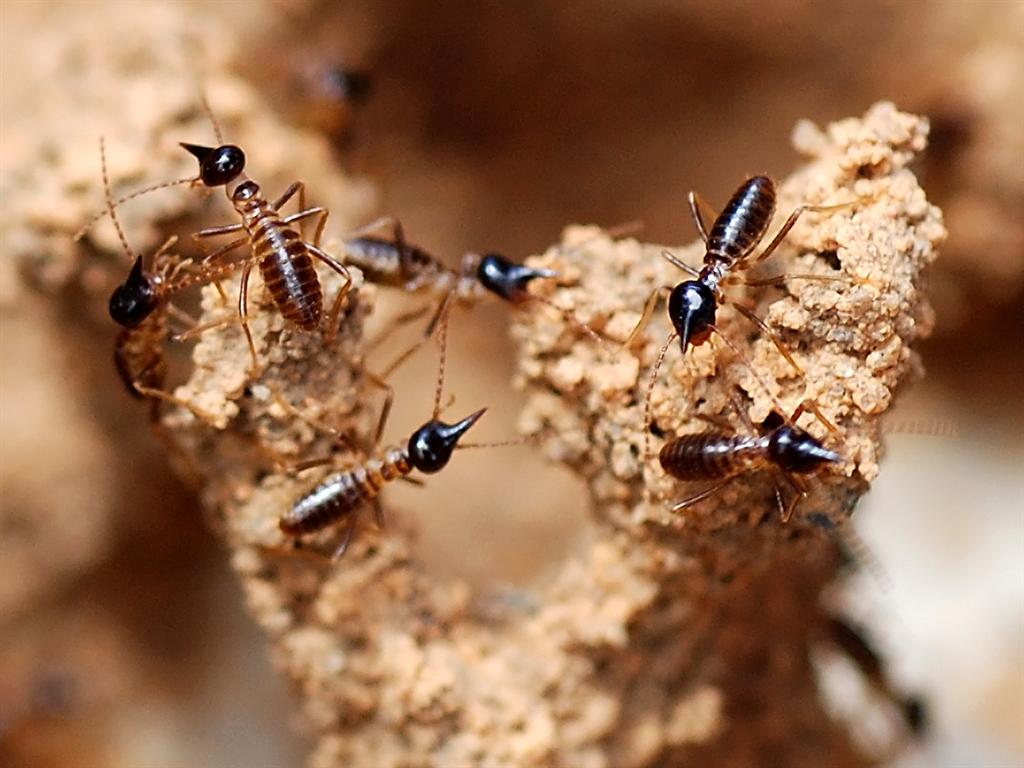Beneath our feet and often unnoticed, a vast workforce of tiny engineers is constantly reshaping our planet. Insects, despite their small size, wield enormous collective power to transform landscapes, alter ecosystems, and influence the very structure of our natural world. From the dense canopies of tropical rainforests to the shifting sands of deserts and the flowing waters of rivers, insects perform critical ecological functions that maintain environmental balance. These diminutive creatures—ants, termites, beetles, bees, and countless others—move more soil, pollinate more plants, and recycle more nutrients than any other animal group on Earth. Their engineering feats, refined over millions of years of evolution, demonstrate nature’s remarkable ability to develop solutions to environmental challenges through its smallest workers. This article explores the fascinating world of insect engineers and their outsized impact on our planet’s most diverse ecosystems.
The Soil Architects: Ants as Earth Movers
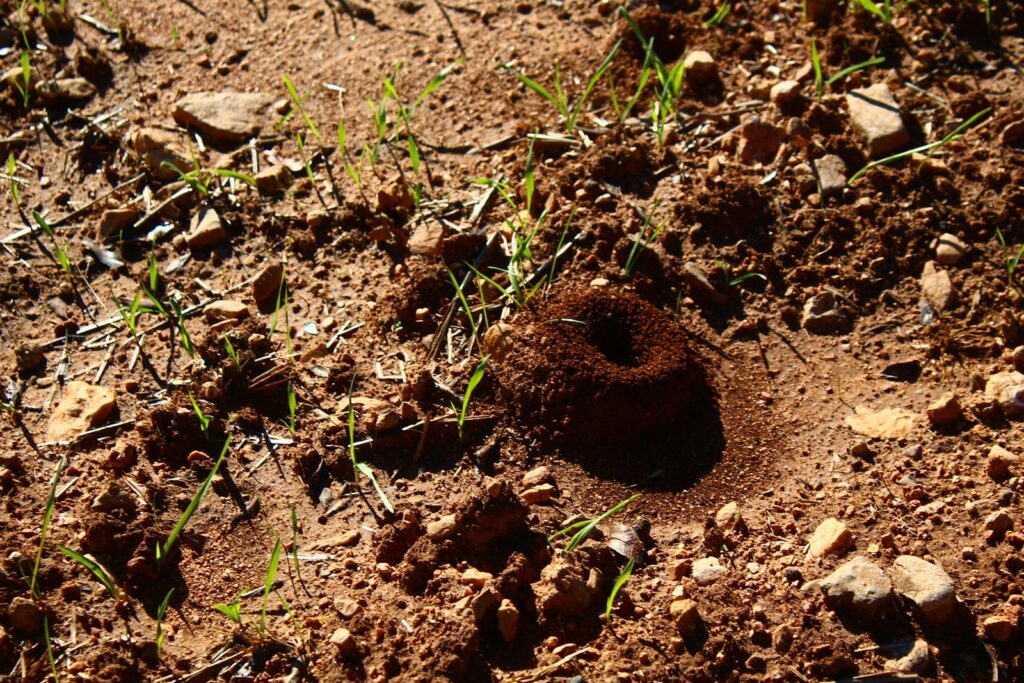
Ants are among nature’s most prolific soil engineers, moving an estimated 50 tons of soil per acre annually in some ecosystems. Their extensive underground networks of tunnels and chambers create crucial pathways for water and air to penetrate deep into soil layers, preventing compaction and promoting healthy root growth for plants. When ants excavate their nests, they bring deeper soil nutrients to the surface, effectively turning over and mixing soil components in a process ecologists call bioturbation. In the Amazon rainforest, leaf-cutter ants alone are responsible for moving more soil than all other animals combined, creating nutrient hotspots around their colonies that can persist for decades after the colony has moved on or died out.
Termites: The Hidden Desert Makers
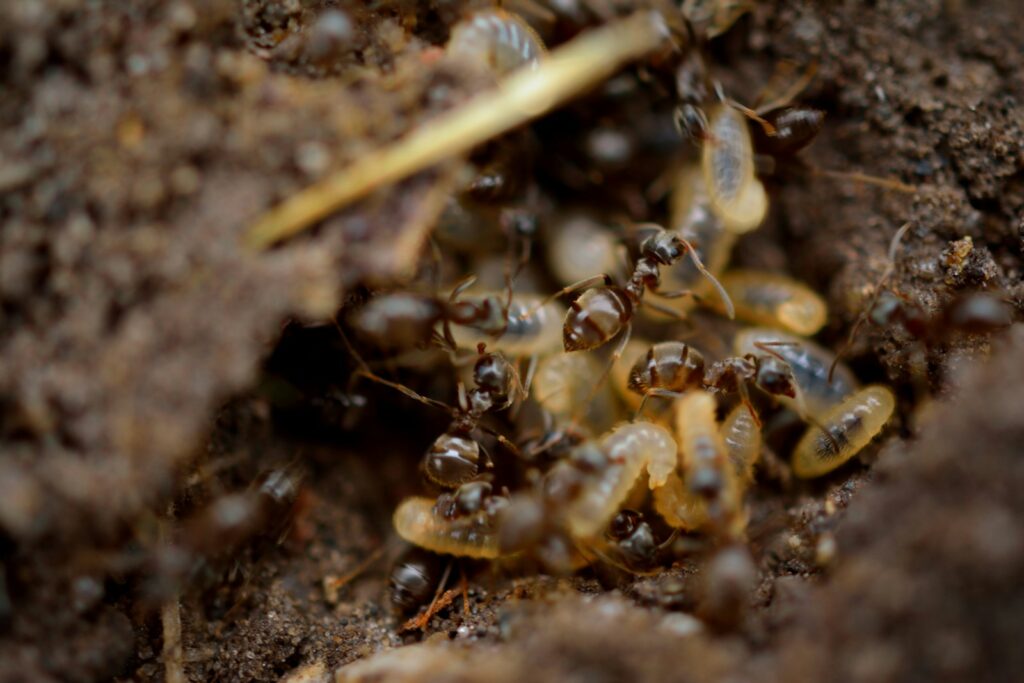
Termites play a particularly transformative role in arid and semi-arid landscapes, where their activities can actually prevent desertification and create islands of fertility. Their massive mounds, which can reach heights of several meters in African savannas, create microenvironments that capture moisture and nutrients in otherwise harsh landscapes. Studies have shown that areas with termite mounds support significantly more plant diversity and biomass, creating what ecologists refer to as “termite-mediated vegetation patches.” In the Chihuahuan Desert, termites are responsible for processing nearly 50% of all dead plant material, recycling critical nutrients that would otherwise be lost. Perhaps most remarkably, termite mounds in dry regions act as natural water harvesting systems, with their specialized structures channeling rare rainfall into the soil rather than allowing it to run off.
Dung Beetles: Nature’s Waste Management Specialists
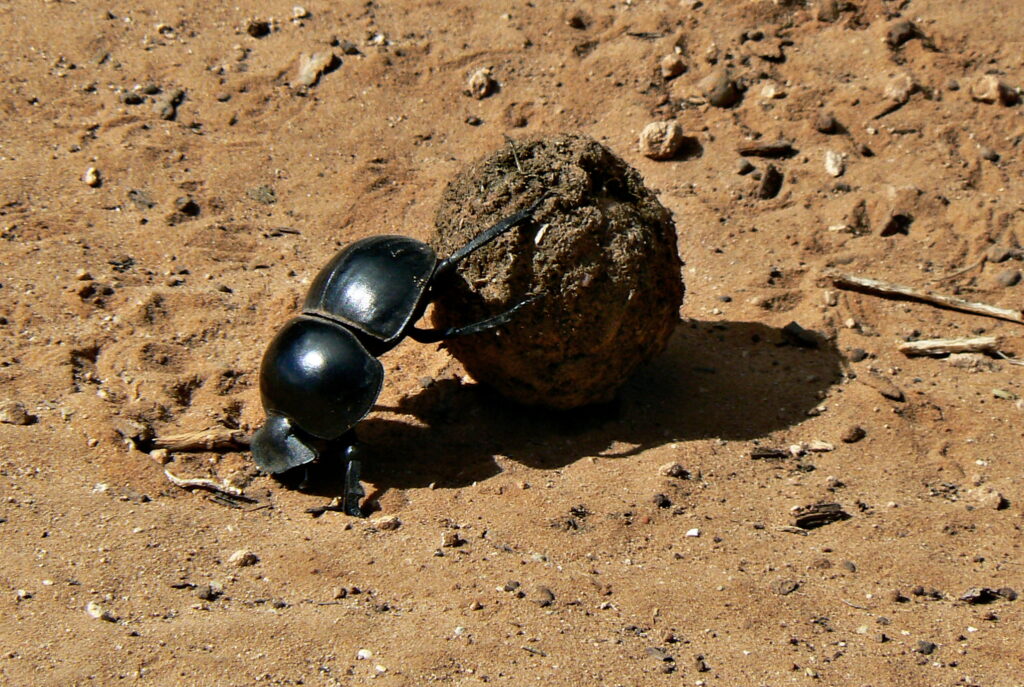
Dung beetles perform the seemingly unglamorous but ecologically vital task of processing animal waste, particularly from large herbivores. These industrious insects can detect fresh dung from remarkable distances, flying in to collect, roll, and bury these nutrient-rich resources within hours of deposition. A single pair of dung beetles can bury a pile of elephant dung in less than two hours, preventing the buildup of waste that would otherwise harbor disease-causing organisms and parasites. The tunnels created during burial can extend up to 1.5 meters below ground, aerating soil and providing channels for water infiltration similar to those created by earthworms. Agricultural research has demonstrated that dung beetles save the cattle industry billions of dollars annually by improving pasture fertility, reducing pest flies, and preventing the loss of grazing area to unprocessed manure accumulation.
Beavers of the Insect World: Caddisfly Larvae
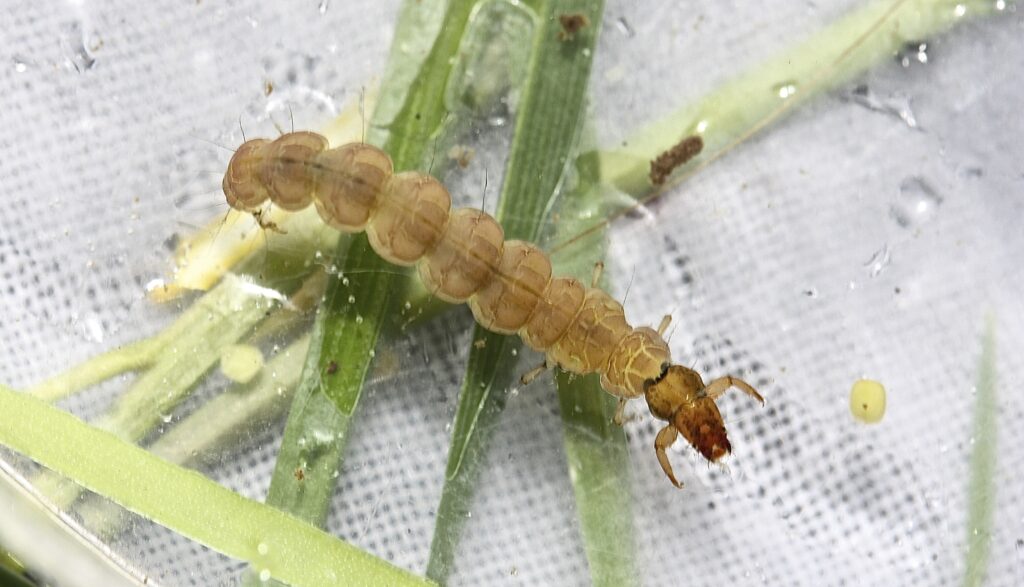
Caddisfly larvae are remarkable underwater architects that fundamentally alter stream environments through their construction activities. These aquatic insects collect tiny stones, sand grains, and plant fragments to build protective cases and nets that serve as both homes and feeding apparatus. In high-density populations, their collective engineering can change water flow patterns, trap sediments, and create microhabitats for other aquatic organisms. Research has shown that sections of streams with abundant caddisfly larvae have different substrate composition and often support greater biodiversity than sections without these insects. Their silk-bound constructions are so strong that they can persist in stream environments long after the insects have completed their metamorphosis and departed as adults, providing lasting ecological structure.
Bark Beetles: Forest Composition Engineers
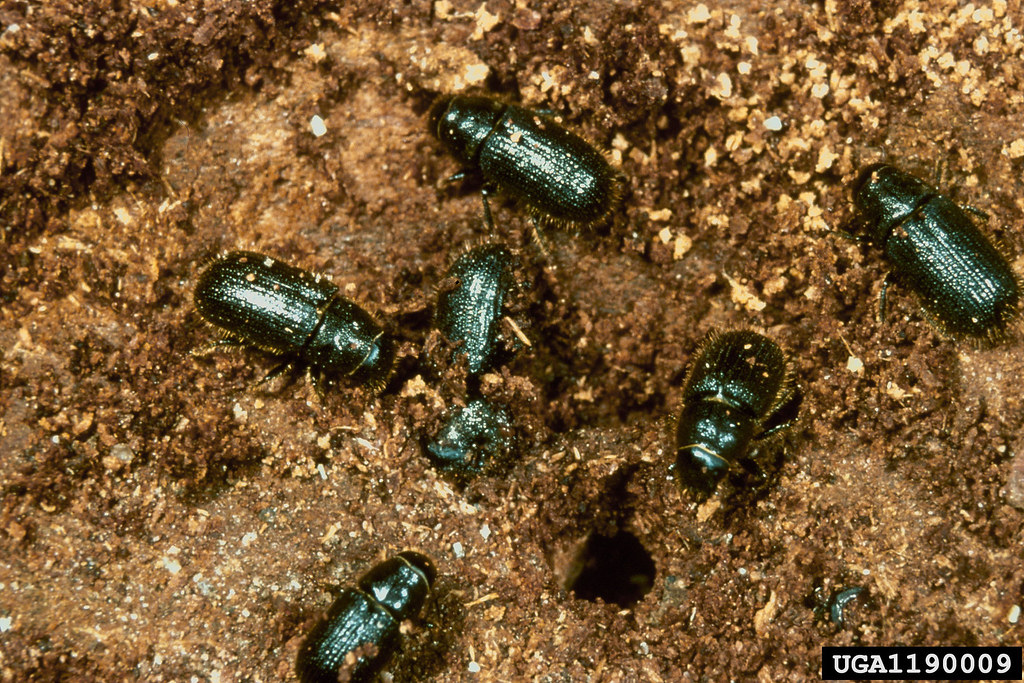
Bark beetles play a controversial but natural role in forest ecosystem dynamics, acting as agents of renewal in coniferous forests. These small insects can detect stressed or weakened trees using specialized chemical receptors, targeting these vulnerable individuals for colonization. When environmental conditions favor their reproduction, bark beetle populations can increase dramatically, creating patches of dead trees that open the forest canopy and allow for regeneration of different plant species. The resulting mosaic of forest ages and compositions increases overall biodiversity and creates habitats for wildlife species that require open areas or dead standing timber. While recent climate-change-driven outbreaks have caused concern, ecological research shows that bark beetles have been shaping North American forests for thousands of years, with native forests having co-evolved mechanisms to recover from and even benefit from their activities.
Ecosystem Engineers of the Desert: Seed-Harvester Ants
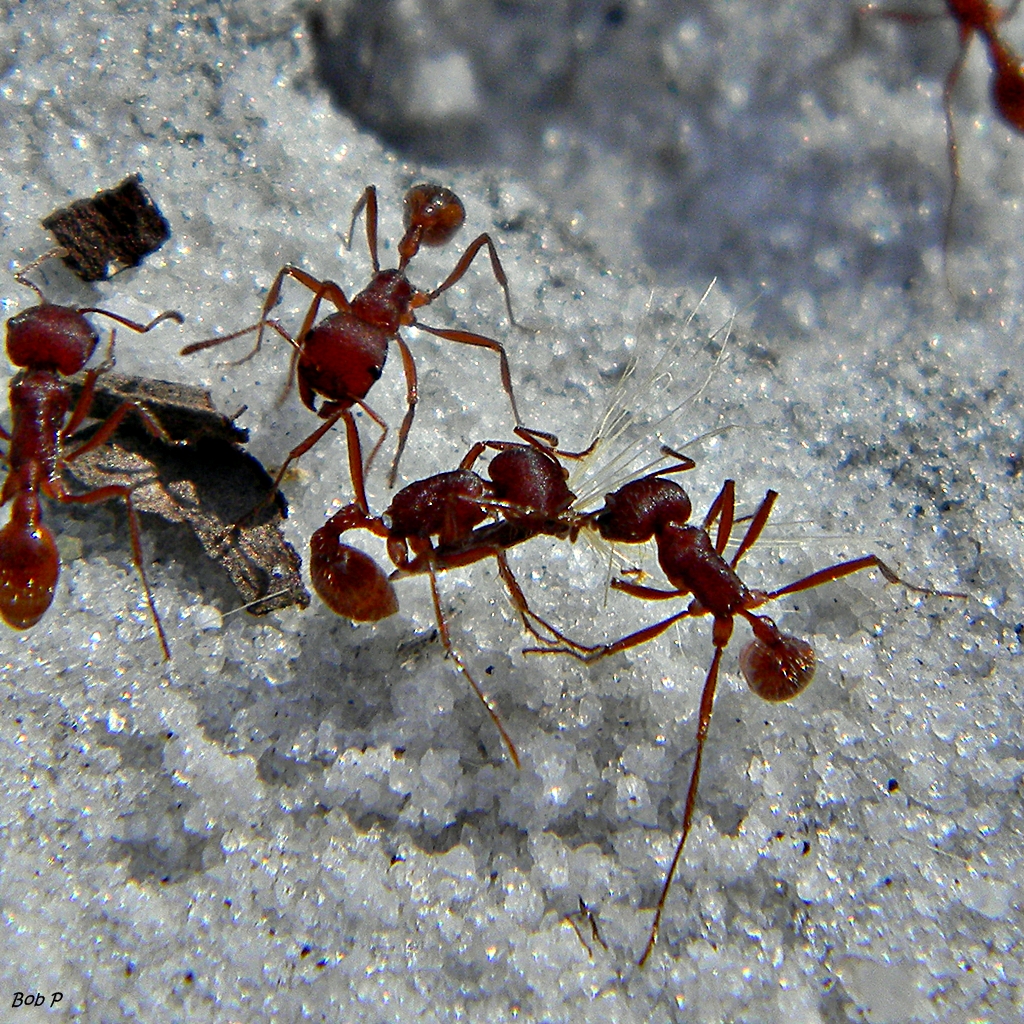
Seed-harvester ants are keystone species in desert ecosystems, where their nest-building and seed-collecting behaviors substantially influence plant community composition. These specialized ants collect, store, and inadvertently disperse seeds across the landscape, effectively serving as both predators and planters of desert vegetation. Their large, cleared nest areas create distinctive bare patches that can persist for decades, forming “ant discs” that are visible from aerial surveys. The soil excavated from their deep nests is deposited in characteristic mounds that contain higher concentrations of nutrients, organic matter, and moisture than surrounding desert soils. Research in the Sonoran Desert has documented that areas within 3 meters of harvester ant nests support different plant communities than areas further away, creating a mosaic of microhabitats that increases overall biodiversity in these harsh environments.
Pollinator Engineers: Reshaping Plant Communities

Insect pollinators—including bees, butterflies, moths, beetles, and flies—are perhaps the most well-known insect engineers, responsible for the reproductive success of approximately 80% of flowering plant species worldwide. Their activities directly shape the composition and abundance of plant communities across diverse ecosystems, from tropical rainforests to alpine meadows. The specific morphology, behavior, and habitat requirements of different pollinator species have co-evolved with particular plants, creating intricate ecological relationships that maintain biodiversity. In tropical forests, studies have shown that areas with reduced pollinator diversity experience measurable shifts in plant community composition within just a few generations. The engineering impact of pollinators extends beyond direct plant reproduction to influence soil stability, water retention, and carbon sequestration through their effects on vegetation structure.
Water Quality Engineers: Aquatic Insects

Aquatic insects serve as nature’s water purification system, processing organic matter and maintaining water quality in streams, rivers, and lakes worldwide. Mayfly, stonefly, and caddisfly nymphs collectively shred, scrape, and filter organic materials, breaking down leaves and other inputs from terrestrial systems into finer particles that can be utilized by other organisms. The presence and diversity of these insects are so closely tied to water quality that they’re used globally as biological indicators in environmental monitoring programs. Experimental removals of particular functional groups of aquatic insects have demonstrated dramatic changes in stream characteristics, including increased algal growth, altered sediment composition, and changes in nutrient cycling. In healthy aquatic systems, these insects process organic matter so efficiently that the water chemistry downstream of leaf accumulations often shows minimal evidence of the decomposition processes occurring.
Gall-Forming Insects: Plant Structure Manipulators
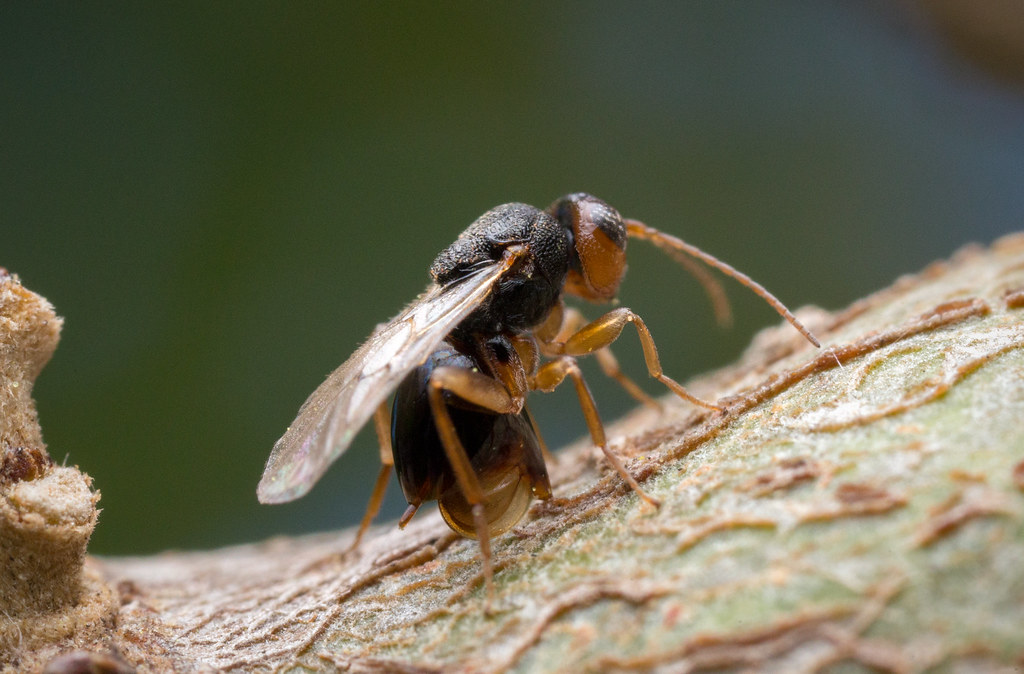
Gall-forming insects represent a fascinating case of direct plant manipulation, inducing their host plants to create specialized structures that serve as both food source and protective housing. These insects—including certain wasps, flies, moths, and aphids—inject chemical compounds that hijack plant development processes, causing the plant to grow abnormal tissue formations around the insect or its offspring. The resulting galls can dramatically alter plant architecture, particularly when infestations are heavy, changing light penetration through the canopy and affecting the plant’s energy balance. In some forest ecosystems, oak gall wasps create such abundant galls that they become a significant food resource for wildlife, including birds and small mammals that break open the galls during winter to access the insect larvae inside. The altered plant structures can persist long after the insects have departed, creating lasting changes to habitat complexity in affected ecosystems.
Cicadas: Periodic Soil Processors
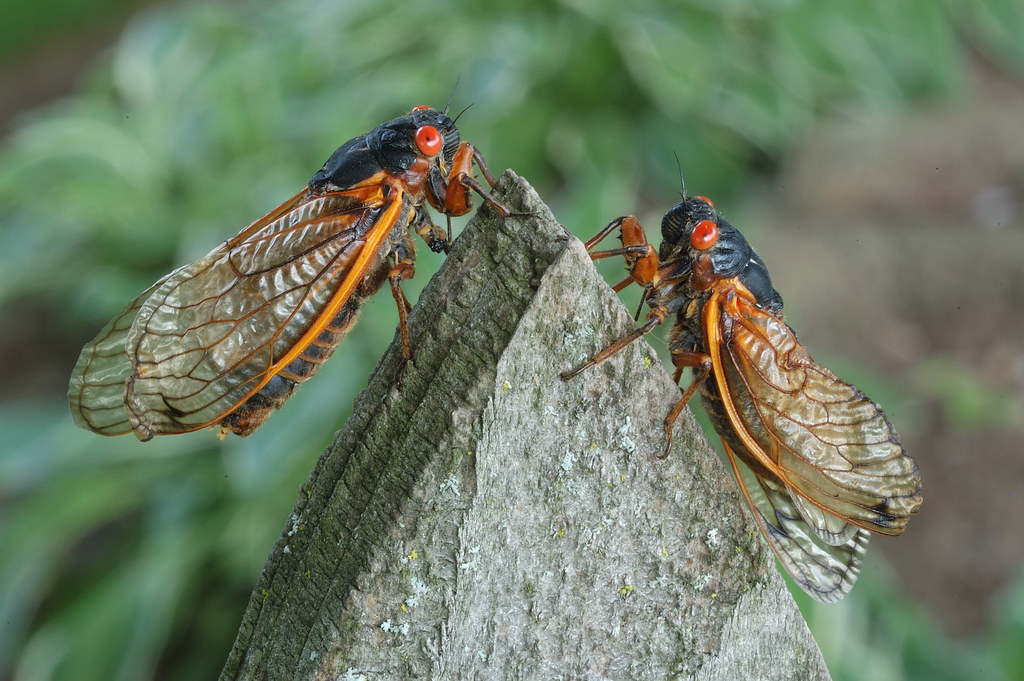
Periodical cicadas represent one of nature’s most dramatic examples of pulse engineering, with their synchronized emergence from underground in 13 or 17-year cycles creating massive ecological impacts. When these insects emerge, they can reach densities of up to 1.5 million individuals per acre, bringing enormous quantities of nutrients from deep soil layers to the surface. The emergence tunnels created by nymphs significantly increase soil porosity, improving water infiltration and root penetration in forest soils. Research has documented that trees in forests experiencing cicada emergences often show a growth spurt in the years following, benefiting from both the soil aeration and the nutrient pulse provided by the bodies of adult cicadas after they die. The synchronized life cycle of these insects represents an evolutionary strategy that creates predictable but infrequent disturbance regimes that many forest ecosystems have adapted to incorporate.
Wood-Boring Beetles: Decomposition Accelerators
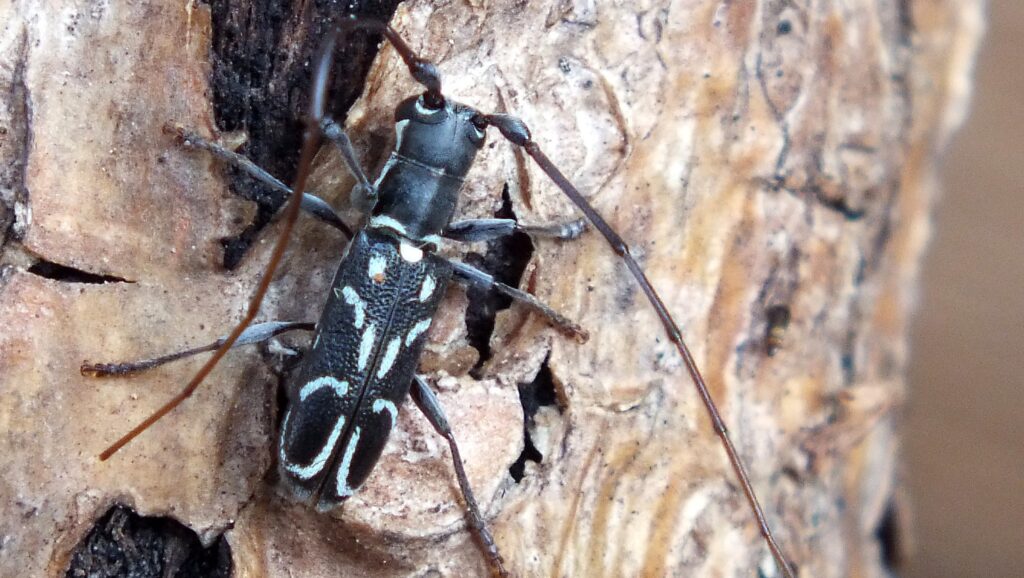
Wood-boring beetles play a critical but often overlooked role in forest ecosystems as initiators of wood decomposition processes. These insects are among the first organisms to colonize dead or dying trees, creating entry points and tunnels that allow moisture, fungi, and other decomposers to access the otherwise resistant wood tissues. The intricate galleries carved by beetle larvae significantly increase the surface area available for microbial action, accelerating decomposition rates by up to 50% compared to unbored wood. In old-growth forests, research has shown that approximately 30% of the carbon released from deadwood is directly attributable to the initial conditioning performed by wood-boring insects. Beyond carbon cycling, these beetles create microhabitats within decaying logs that support hundreds of other species, from slime molds to salamanders, making them keystone species in the creation of deadwood biodiversity.
Climate Engineers: Insects and Global Carbon Cycles
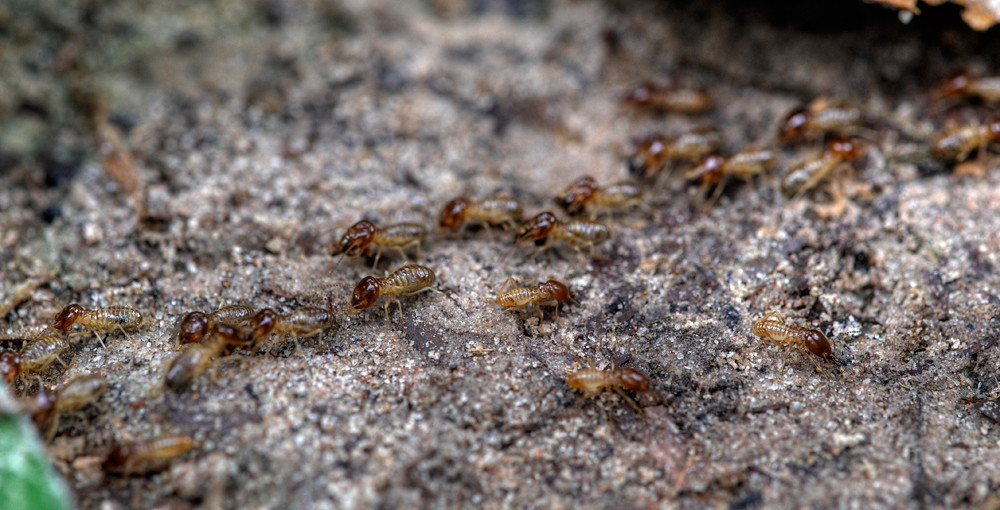
Insects play surprisingly significant roles in global carbon cycling, with their collective activities influencing climate processes at regional and even global scales. Termites alone produce an estimated 11% of the world’s atmospheric methane through their digestive processes, making them important contributors to greenhouse gas budgets. Conversely, dung beetles sequester substantial amounts of carbon by burying organic matter that would otherwise decompose on the soil surface, releasing carbon dioxide more rapidly. A 2019 study estimated that the world’s ants turn over soil equivalent to moving the entire human population (by weight) every year, significantly affecting soil carbon storage. As climate change accelerates, the engineering roles of insects are shifting as well, with some insects extending their ranges to new ecosystems where their activities can trigger cascading effects on carbon storage and release patterns.
Threats to Nature’s Tiny Engineers

Despite their ecological importance, insect engineers face unprecedented threats from human activities, with concerning implications for the ecosystems that depend on their services. Habitat destruction remains the primary threat, with agricultural conversion, urbanization, and infrastructure development eliminating critical insect habitats at alarming rates. Pesticide use, particularly neonicotinoids and other systemic insecticides, has been linked to widespread declines in both target and non-target insect populations across multiple continents. Climate change represents a growing threat, disrupting the synchronized timing between insects and the resources they depend on, while also increasing the frequency of extreme weather events that can devastate local populations. Recent research suggests that insect biomass may have declined by over 75% in some protected areas over the past few decades, prompting concerns about an “insect apocalypse” that could fundamentally alter the engineering functions these creatures provide.
Wrapping Up

The remarkably diverse engineering activities of insects represent one of nature’s most elegant solutions to ecosystem maintenance and development. From the soil-moving prowess of ants to the water-purifying activities of aquatic insects, these tiny creatures collectively shape our world in ways we are only beginning to fully appreciate. As we face mounting environmental challenges, understanding and preserving these insect engineers becomes increasingly crucial. Their activities don’t just maintain current ecosystem functions—they actively create the conditions for adaptation and resilience in a changing world. By recognizing insects not merely as pests or pollinators but as fundamental architects of our natural landscapes, we gain a deeper appreciation for the complex ecological relationships that sustain life on Earth. These small but mighty engineers remind us that in nature, size rarely correlates with importance, and that solutions to environmental challenges often emerge from the humblest of sources.

